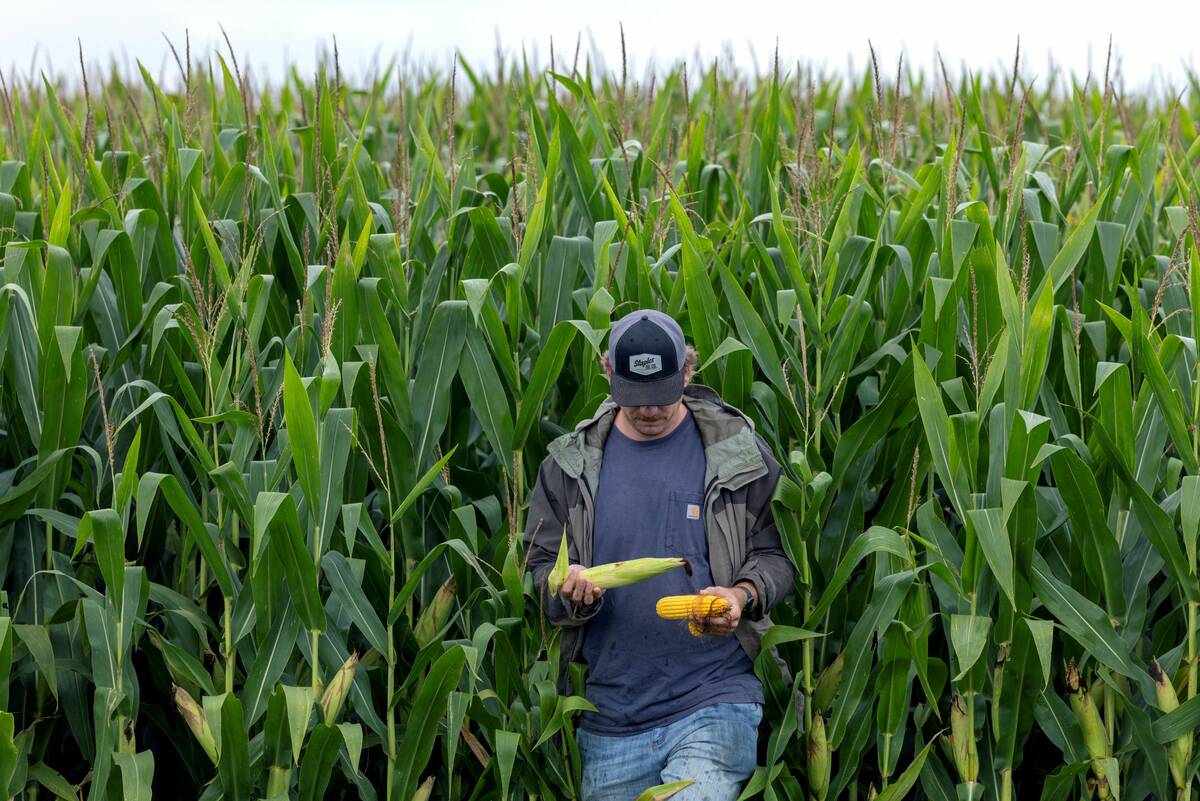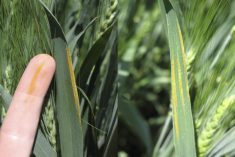Commodity News Service Canada/Winnipeg – Variable conditions across Manitoba and Saskatchewan have made it difficult to estimate winter cereal acreage, the head of an industry group says. But crops that are in the ground have seen mostly favourable weather.
Jake Davidson, executive director of Winter Cereals Canada Inc., said he’s waiting for data from Statistics Canada due early December to get a better sense of fall rye and winter wheat acres.
“I don’t know whether to get excited or not,” Davidson said. “Our biggest problem this year was it was so wet.”
Read Also

The U.S. corn crop could be the biggest ever. That’s terrible news for America’s farmers.
The USDA predicts a record corn crop for U.S. farmers, who question the agency’s accuracy amidst high debt and low crop prices.
A mix of conditions across Manitoba and Saskatchewan makes it hard to tell how many producers have been able to seed winter cereals, he added.
“There are so many places where it was too wet to get the crop in and they couldn’t get the canola off,” Davidson said.
Seeding progress is also dependant on soil type, and areas like Carberry, Manitoba have had fewer issues due to sandy soil.
However, seeded winter wheat and fall rye should be off to a good start, Davidson said, as temperatures are dropping slowly.
“We’re just kind of sitting around waiting for the numbers to see whether it’s better than we think,” Davidson said.
Statistics Canada production estimates are due out on December 6.
Last year producers in Manitoba and Saskatchewan seeded about 435,000 acres of winter wheat, and about 235,000 acres of fall rye.












